SUMMARY
This is AI generated summarization, which may have errors. For context, always refer to the full article.
- Napoles to turn state witness
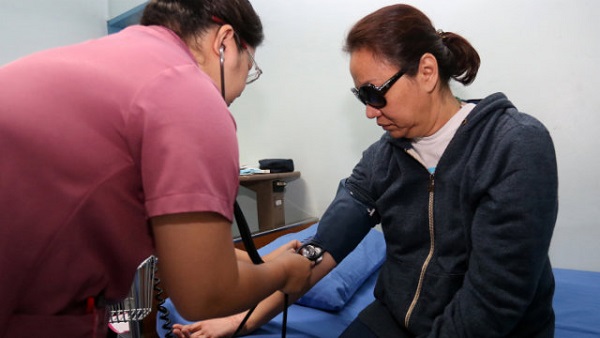
Alleged pork barrel mastermind Janet Lim Napoles finally agreed to “tell all” about the controversy and turn state witness. Justice Secretary Leila de Lima told ABS-CBN she talked to Napoles at the Ospital ng Makati, where the suspect is confined. She was about to undergo surgery at the hospital to have a myoma removed from her uterus. The justice secretary said she did not give Napoles any guarantee that she can become a state witness, saying she would have to evaluate the affidavit first. “When you go through a medical procedure anything can happen. That’s why she insisted, she really pleaded to talk to me,” De Lima said. The multi-billion-peso scam is the biggest corruption scandal in recent Philippine history. The lawmakers are accused of diverting their pork barrel funds to Napoles’ fake non-governmental organizations in exchange for kickbacks.
Read the full story here.
Other related stories on Rappler:
Jinggoy returns, hits critics and colleagues - South Korean President: crew response “tantamount to murder”
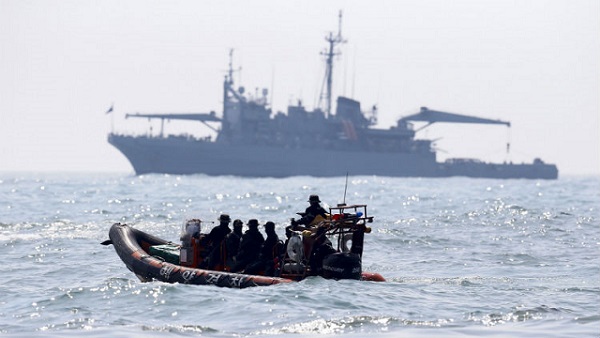
South Korean President Park Geun-Hye blamed the crew of the sunk ferry that killed around 400 people on board last week. Park hit the failure of the captain and crew to act quickly when the ferry listed and capsized, a decision she called “tantamount to murder.” The president said Captain Lee Joon-Seok unnecessarily delayed the evacuation of passengers and then “deserted them” by escaping with the crew members. Lee and several crew members face charges of criminal negligence and deserting passengers. Divers recovered at least 64 bodies, but at least 238 people remain missing. Anger grew in South Korea after a transcript of radio communications between the ferry and marine traffic control was released Sunday. The transcript suggested the evacuation was delayed by panic and indecision as the crew and marine traffic control debated evacuating the sinking ferry. The evacuation order was given 40 minutes after the ship ran into trouble.
Read the full story on Rappler. - She handed out life jackets
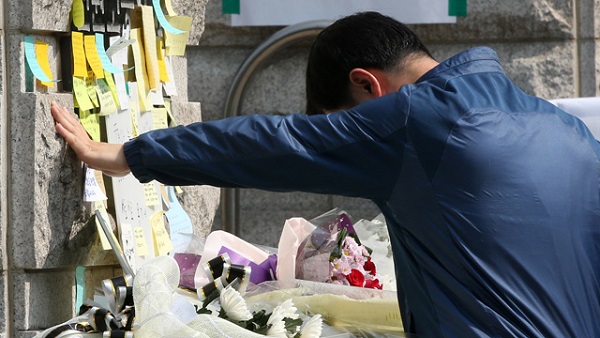
While the captain and crew of the sunken ferry in South Korea are denounced for negligence, one crew member is hailed a hero. 22-year-old Park Jee Young died in the ferry tragedy as she helped passengers put on life jackets and escape the vessel. Witnesses said she refused to wear a life jacket herself, saying she had to help others first. She is now one of over a hundred people dead. At the funeral home in Incheon, white flowers covered the hallway leading to her memorial room. Grateful passengers and even strangers sent tributes and messages, calling her “Hero,” and saying, “We will not forget your noble spirit.” Park’s aunt expressed anger that her niece died while the captain – who abandoned ship as the vessel sank – managed to survive. She said, “Jee Young was so responsible, and the captain just ran away.”
Read the full story on CNN. - Vice principal kills self after surviving ferry tragedy
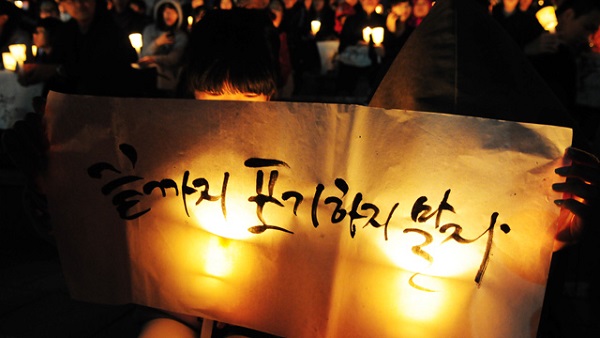
After being rescued from the ferry that sunk off South Korea with over 300 high school students and teachers, Kang Min Kyu took his own life two days later. A teacher told Korean media Kang was “suffering from guilty feelings” because he was supposed to be in charge of the students’ safety. Students and fellow teachers mourned Kang’s death at the funeral, and messages of sympathy and support spread over South Korean social media. Kang, who taught ethics and was vice principal at Danwon High School, said in a suicide note that he could not live knowing his students had died. He wrote that the field trip was his idea and that the deaths of the students were his fault. He also wrote that he wonders whether he could still be their teacher on the other side, in death. CNN reported South Korea has some of the highest suicide rates in the region. Some point to South Korea’s ultra-competitive society where shame carries a heavy burden, and where there is societal acceptance of suicide.
Read more of the story here and here. - South Korea bans school trips after ferry disaster
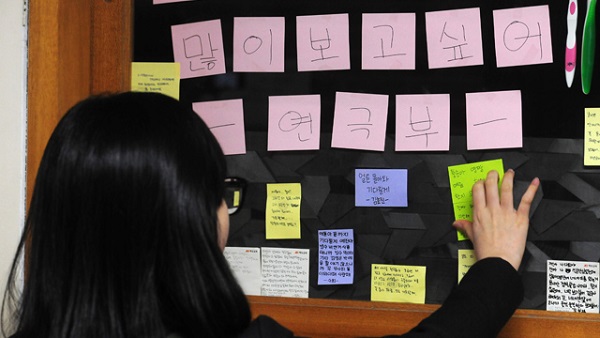
After last week’s ferry disaster, South Korea’s education ministry banned all school trips until June. Many parents expressed anxiety and concern following the tragedy, when a ferry carrying more than 300 students and teachers capsized on its way to Jeju Island for a three-day school trip. Online petitions are calling for school trips to be banned altogether. One petition received nearly 29,000 signatures. Some said long-distance trips organized by schools are unnecessary and carry safety risks, as only a handful of teachers are responsible for hundreds of students. Lawmaker Yoo Ki-hong noted that the number of accidents during during school trips has increased by 67% since 2011.
Read the full story on The Wall Street Journal. - Manila mayor to meet Hong Kong officials over 2010 hostage crisis

Manila Mayor Joseph Estrada left for Hong Kong on Tuesday, April 22, to make amends over the botched Manila hostage crisis in 2010 where 21 tourists from Hong Kong were taken hostage by a sacked police officer. Eight of the 21 were killed during the 8-hour siege. Relationships between Hong Kong and the Philippines turned sour after the incident, with Hong Kong recently announcing its first phase of sanctions against the Philippines. Estrada said he will meet with Hong Kong officials on April 24 to “bring back the relationship” between the two cities. A source from Estrada’s team said the trip to Hong Kong was a “joint effort” by presidential palace and the city government of Manila. President Benigno Aquino has maintained that there is no need to apologize over the incident.
Read the full story on Rappler. - US court orders secret papers on drone attacks revealed
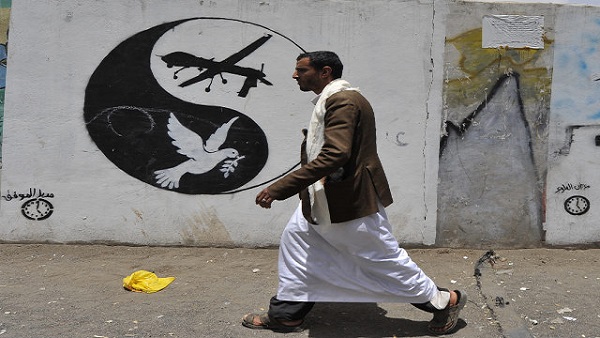
A New York court orders the US government to reveal secret papers justifying drone attacks against suspected terrorists. The case was brought by The New York Times and two of its journalists in a Freedom of Information Act case following the 2011 drone attacks in Yemen that killed three victims: Anwar al-Awlaki, his son Abdul Rahman, and Samir Khan. All three were United States citizens either by birth or naturalization. The court’s decision reverses a January 2013 ruling which sided with the US government. Human rights groups said the drone strike program lacks clear legal limits, but US officials defended the strikes saying the campaigns weakened Al-Qaeda’s core leadership and reduced the threat of an attack on US soil.
Read the full story on Rappler. - Drone strike kills Al Qaeda suspects

Yemen’s interior ministry says 55 members of Al Qaeda were killed in what has been described as an “unprecedented” joint aerial campaign with the US. The attacks included the use of drones. The ministry said three senior members of Al Qaeda were among those killed. The operation ran from Sunday into Monday targeted a sprawling al-Qaeda in the Arabian Peninsula (AQAP) training camp in the rugged mountains of Mahfad. Security officials said the camp’s infrastructure was destroyed. The United States considers Yemen’s Al Qaeda branch, AQAP, to be the most active in the world. AQAP has been linked to a number of failed plots against the US, and its leader recently appeared in a rare video vowing to attack Western “crusaders” wherever they are.
Read the full story on Aljazeera. - Surviving Hiroshima: how the Japanese moved on
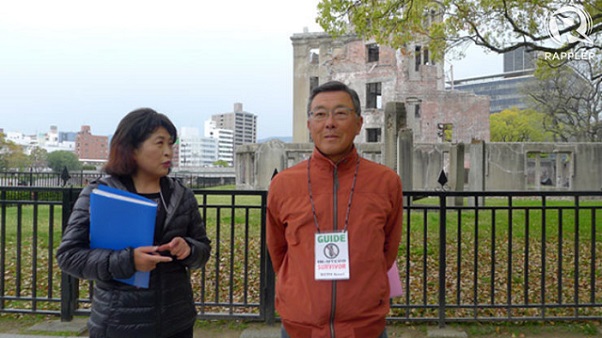
Hibakushas, survivors of the A-bomb, remember the horror of the bomb dropped on Hiroshima that killed more than 140,000 people, 70,000 of whom died instantly. Rappler’s Maria Ressa reported “When you visit ground zero at Hiroshima’s Peace Memorial Park and meet the Hibakushas, it’s striking to see an acceptance and a sense of mission.” Hiroshima survivors are now leading the fight for peace, for nuclear disarmament and non-proliferation. Ressa added, “there was a deliberate ‘blurring’ of how Japanese officials referred to the bombings.”
She quoted a professor who explained the psyche of a scarred but determined people. “There’s a very famous phrase used over and over ‘we will never repeat this mistake,’ When we say ‘we,’ who are ‘we’? The question of who ‘we’ are in this context is blurred. So that ‘we’ can be us – Japan will not repeat the mistake of going to war again. ‘We’ can be Americans who will not drop a bomb on anyone else. Or ‘we’ can be humankind who should never make this mistake again.”
Read the full story on Rappler. - Teen stowaway’s plane flight survival: ‘It’s a miracle’

A 16-year-old boy endured freezing temperatures and a lack of oxygen in the wheel well of a Hawaiian Airlines plane — and survived. The boy, who hopped an airport fence in San Jose, California and climbed undetected into the aircraft’s wheel well, appears to have been unconscious “for pretty much the entire flight,” according to FBI officials. “How he survived, I don’t know. It’s a miracle,” an FBI official said. The plane landed five hours later at Maui’s Kahului Airport. The boy, who did not regain consciousness for another hour, woke up and hopped down onto the tarmac. It is extremely rare to survive a flight in a plane’s wheel well. Many who try end up freezing to death or dying from a lack of oxygen.
Read the full story on Rappler.
Add a comment
How does this make you feel?
There are no comments yet. Add your comment to start the conversation.